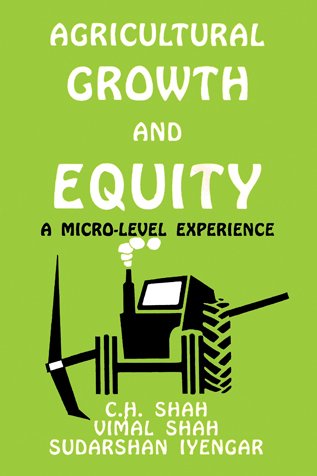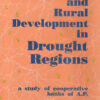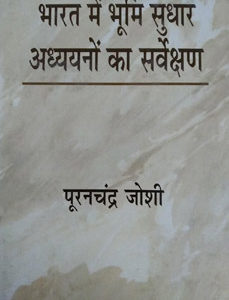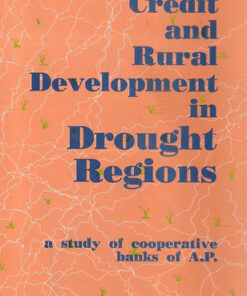Agricultural Growth and Equity: A Micro-Level Experience (Foreword by Prof. Pravin Visaria)
₹250.00 Original price was: ₹250.00.₹200.00Current price is: ₹200.00.
20 in stock
Rapid development of agriculture has been a key objective of India?s planning efforts since 1950. Green revolution, ushered in the early 1960s by adoption of policies to accelerate the diffusion of technological change, has helped the country to achieve a degree of self-sufficiency in the production of at least the staple foodgrains.
Critics of the green revolution have been concerned about its uneven spread and the extent to which it bypasses the poor and aggravates inequalities in living conditions. It is not possible to provide a conclusive answer to their doubts on the basis of cross- sectional studies.
A longitudinal study can provide a rich data base for understanding the processes and outcomes of spread of technological change. The present book reports on a quasi-longitudinal study based on an in-depth survey in the same 28 villages of Matar Taluka of Kheda District in Gujarat State at three points of time, 1929-30, 1965-66 and 1974-75. The last two studies undertaken by the two senior authors of this book have built on the celebrated study of the well-known Gandhian economist, Dr. J.C. Kumarappa. Results of the second resurvey inspire optimism about the spread effects of green revolution on the level of living of different groups of population. Matar experience suggests that a substantial change in technology is essential if its benefits are to spread and percolate to the weaker sections in the face of various institutional barriers.
| Weight | 500 g |
|---|---|
| Author's Name | |
| Binding | |
| Release Year | |
| Language | |
| Publisher |
Related products
Agriculture
Agriculture
Agriculture
Agricultural Credit and Rural Development in Drought Regions: A Study of Cooperative Banks of A.P.
Agriculture
Agriculture










